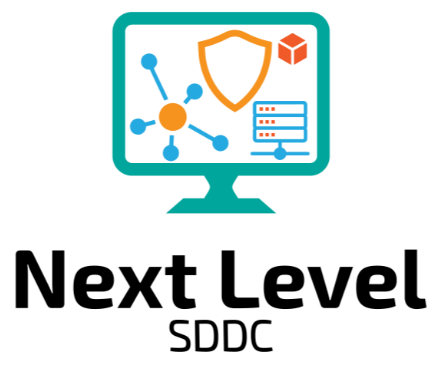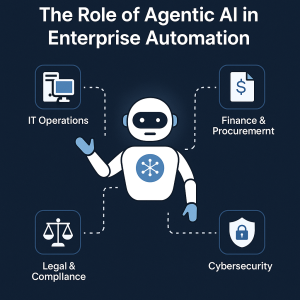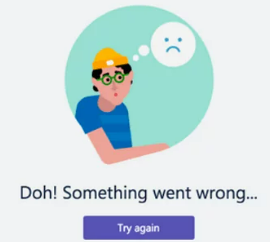As of December 11th, Broadcom announced that the VMware licensing has been “simplified”. What does this simplification truly mean though? It means that perpetual licensing and/or support is no longer being sold which is why I am providing some examples below to try to cover the most common use cases so you can understand the migration to subscription, and the current options available for them.
For Commercial to Enterprise business it means the following two bundles:
– VVF = VMware vSphere Foundations which includes vCenter, vSphere Enterprise, Tanzu for vSphere, Aria Lifecycle, Aria Operation (vRops), Aria Ops for Logs (Log Insight) and vSAN (100GB/core)
– VCF = VMware Cloud Foundation which includes everything that VVF includes plus 1TB/Core for vSAN, SDDC Manager, NSX, Aria Automation, HCX Enterprise (other products not included can be added for an extra free)
For smaller businesses that do not require DRS, Distributed Switches, Aria suite, vSAN, etc:
– vSphere Standard = ESXi Standard with vCenter included
– vSphere Essentials Plus = Includes vCenter, but limited to 96-cores total in the environment
*** Please keep in mind that these core licenses have a 16-core per physical CPU minimum ***

- Core licensing examples for a single server with 2x CPUs
- CPU with 24 cores = 48 (2×24) core licenses needed
- CPU with 8 cores = 32 (2×16) core license needed (8x extra cores paid for per CPU, but not used)
- CPU with 18 cores = 36 (2×18) core licenses needed
- CPU with 16 core = 32 (2×16) core license needed
- CPU with 32 cores = 64 (2×32) core licenses needed
Business licensing example #1
– 10x Hosts with 2x CPUs each. Each CPU comes with 16 cores
– Customer currently uses vSphere Enterprise, vCenter and Aria Operation
New subscription licensing needed: 320-cores of VVF which includes all the necessary products
Business licensing example #2
– 10x Hosts with 2x CPUs each. Each CPU comes with 18 cores
– Customer currently uses vSphere Enterprise, vCenter and Aria Operation
New subscription licensing needed: 360-cores of VVF which includes all the necessary products
Business licensing example #3
– 10x Remote Sites with 3x Hosts per site. Each Host has 2x CPUs with 16 cores each. Each site runs 5-8 VMs
– Customer currently uses vSphere ROBO and vCenter
New subscription licensing needed: 960-cores of VVF which includes all the necessary products
Unfortunately there is currently no ROBO/Edge offerings which will exponentially increase that licensing cost
Business licensing example #4
– 10x Hosts with 2x CPUs each. Each CPU comes with 16 cores. No vSAN technology, all external storage.
– Customer currently uses vSphere Enterprise, vCenter, NSX and Aria Operation
New subscription licensing needed: 320-cores of VCF which includes all the necessary products
Unfortunately the vSAN licensing will be wasted here since the customer is using external storage
Business licensing example #5
– 5x Hosts with 2x CPUs each. Each CPU comes with 4 cores (Imagine a SQL cluster with high clock speed, low # of cores)
– Customer currently uses vSphere Enterprise and external storage
New subscription licensing needed: 160-cores of VVF which includes all the necessary products
Unfortunately there is a 16-core licensing minimum per CPU, so the customer will have to pay for 120 unused cores
As you can see, one size does not fit all. There might be a lot of cores and licenses that will be wasted if the infrastructure is not prepared to take full advantage of one of the two bundles currently available (mainly low amount of cores per CPU and lack of vSAN storage within the hosts).
Some personal recommendations based on the CPU to Core licensing changes:
– Make sure to always select CPUs with at least 16 cores in all new servers to maximize your VMware licenses investment
– If you were not leveraging the Aria suite before, you should to consider it now (some products are now included for free)
– vSAN licensing is now included with VVF (100Gb/Core). Add some local NVMe disks on any new servers, even if you are using external storage as well (3-tier architecture)
– Ready to play with Kubernetes? This is now the time since Tanzu for vSphere is included with VVF as well!
Some of the questions I personally do not have answers for yet are the following:
– What kind of trade-in credits/discounts should customers expect for their perpetual licenses?
– Should we expect a ROBO/Edge licensing offering in the near future? The current options are not cost effective for it.
– What happens to customers that just converted to vSphere+, vSAN+ and NSX+ subscriptions last year?
– Should most customers expect to pay more? Less? Or same operational cost with this simplification?
For now, all we can do is sit back and wait…Also hope that more licensing options are offered in the near future.
Official Broadcom announcement on December 11th here
New subscription licensing explained by William Lam here



